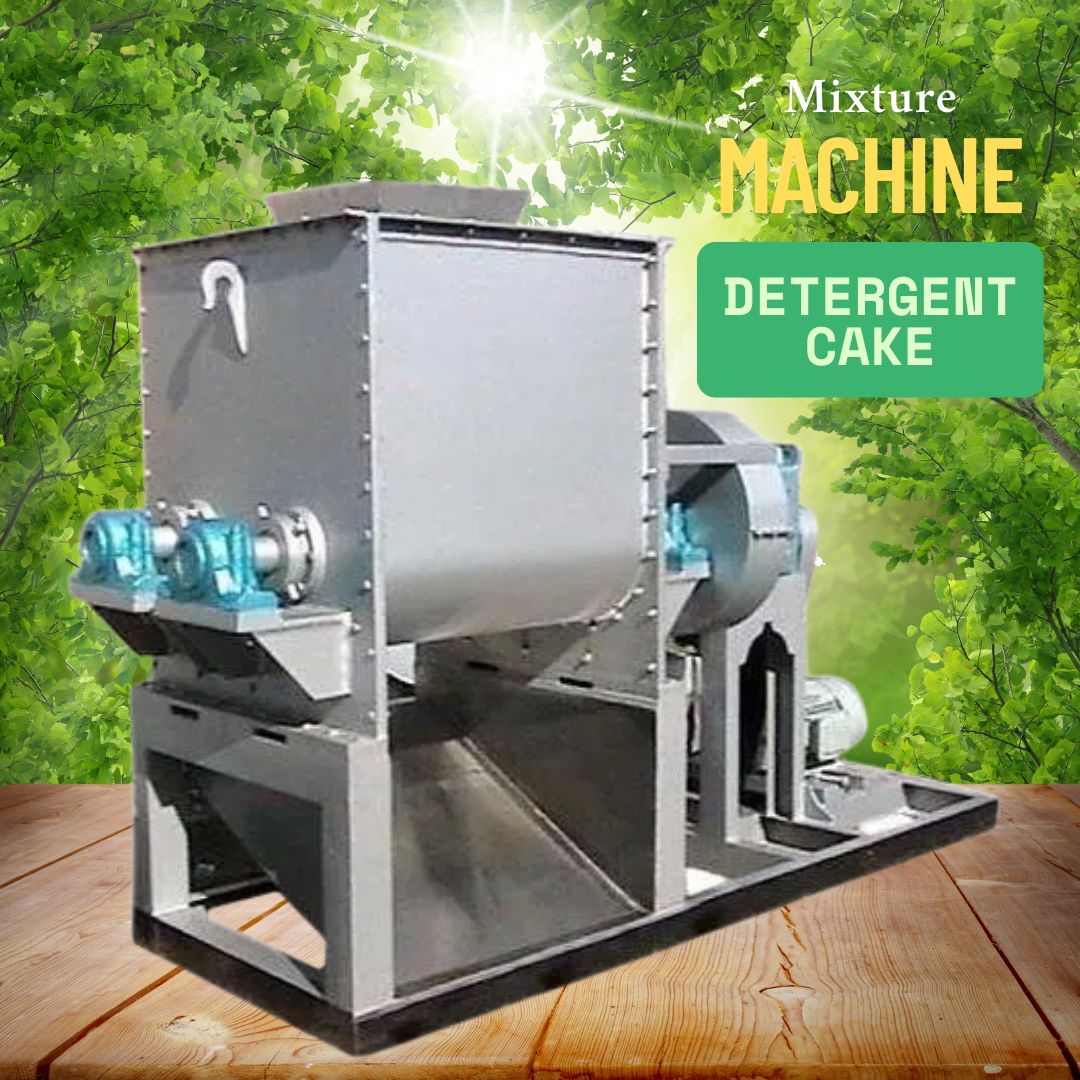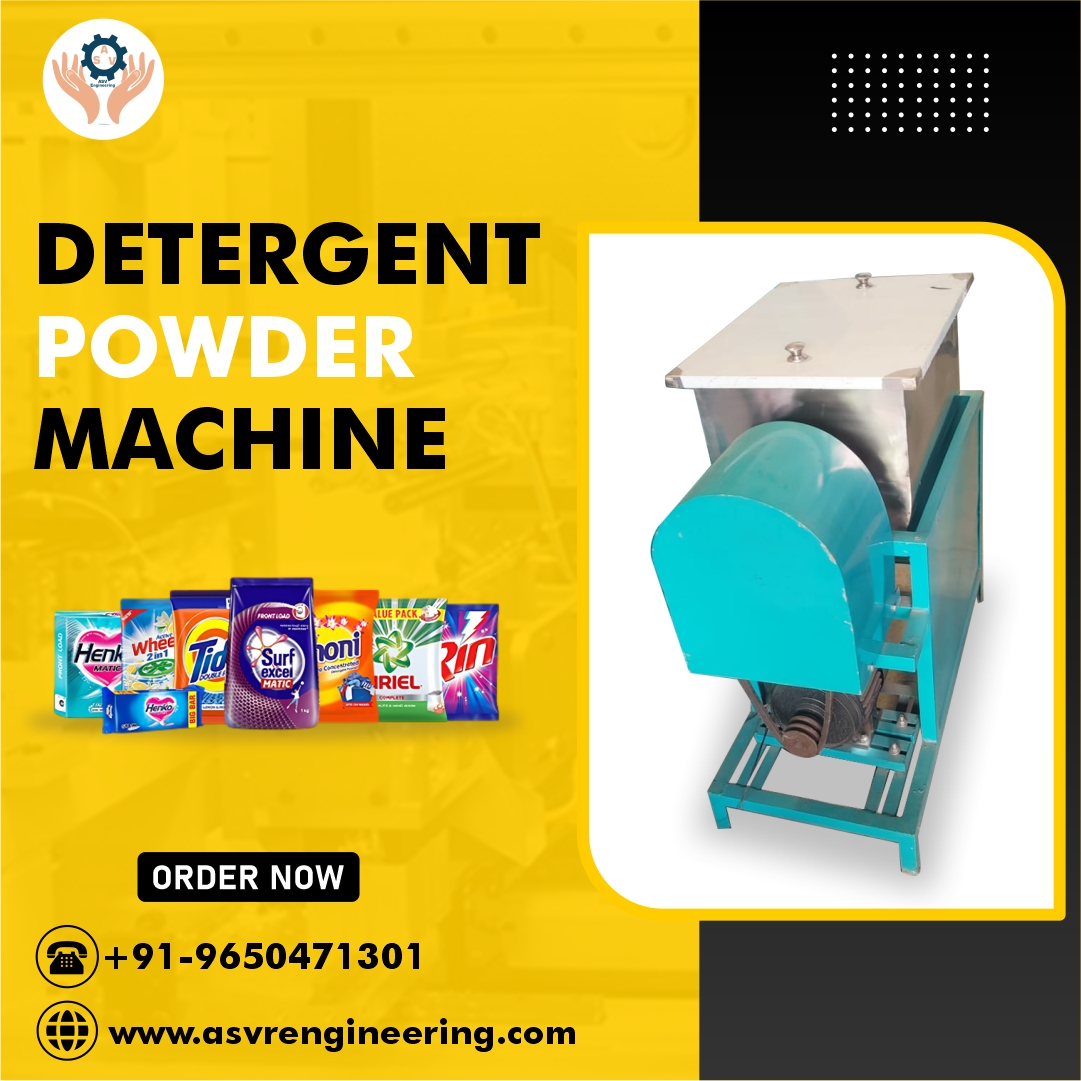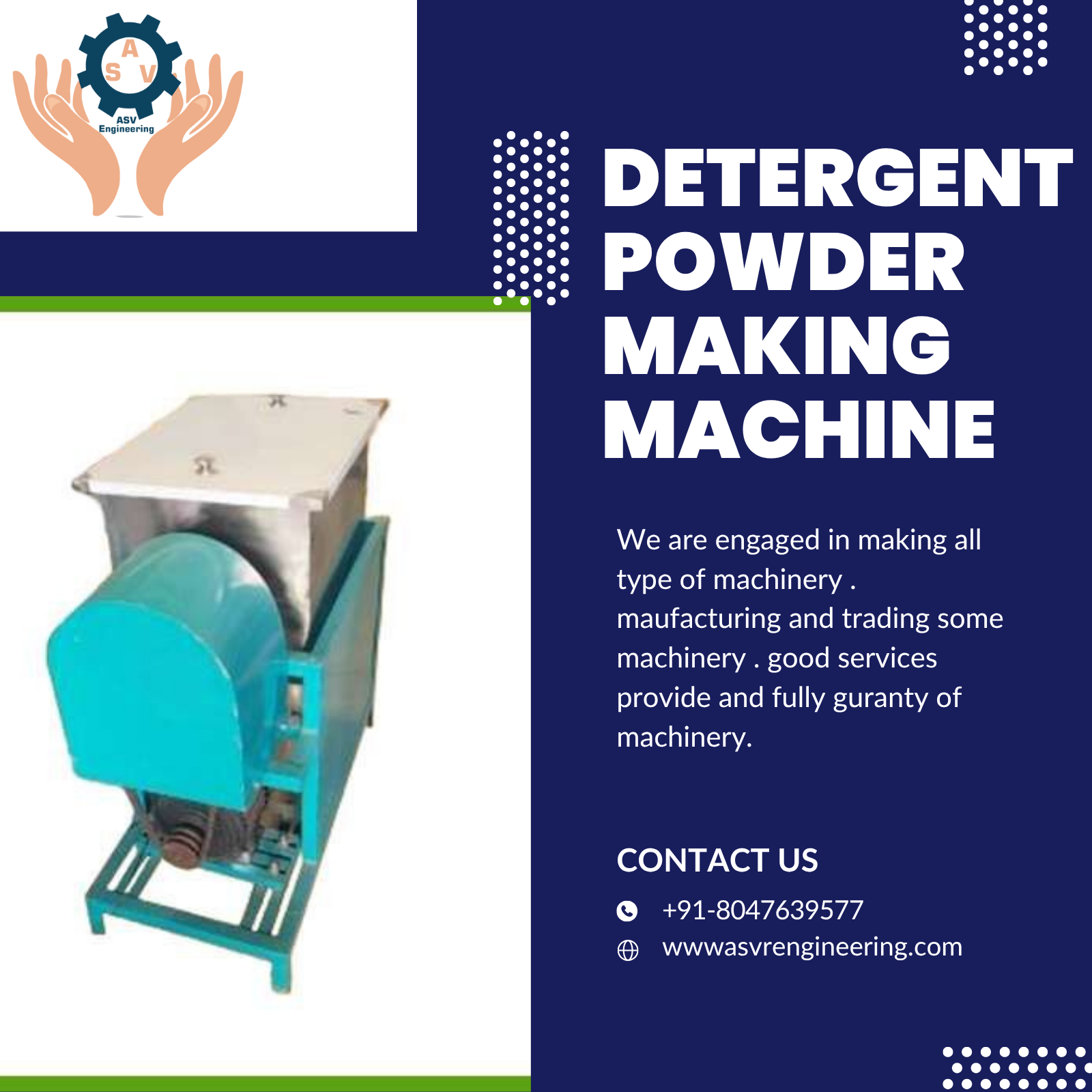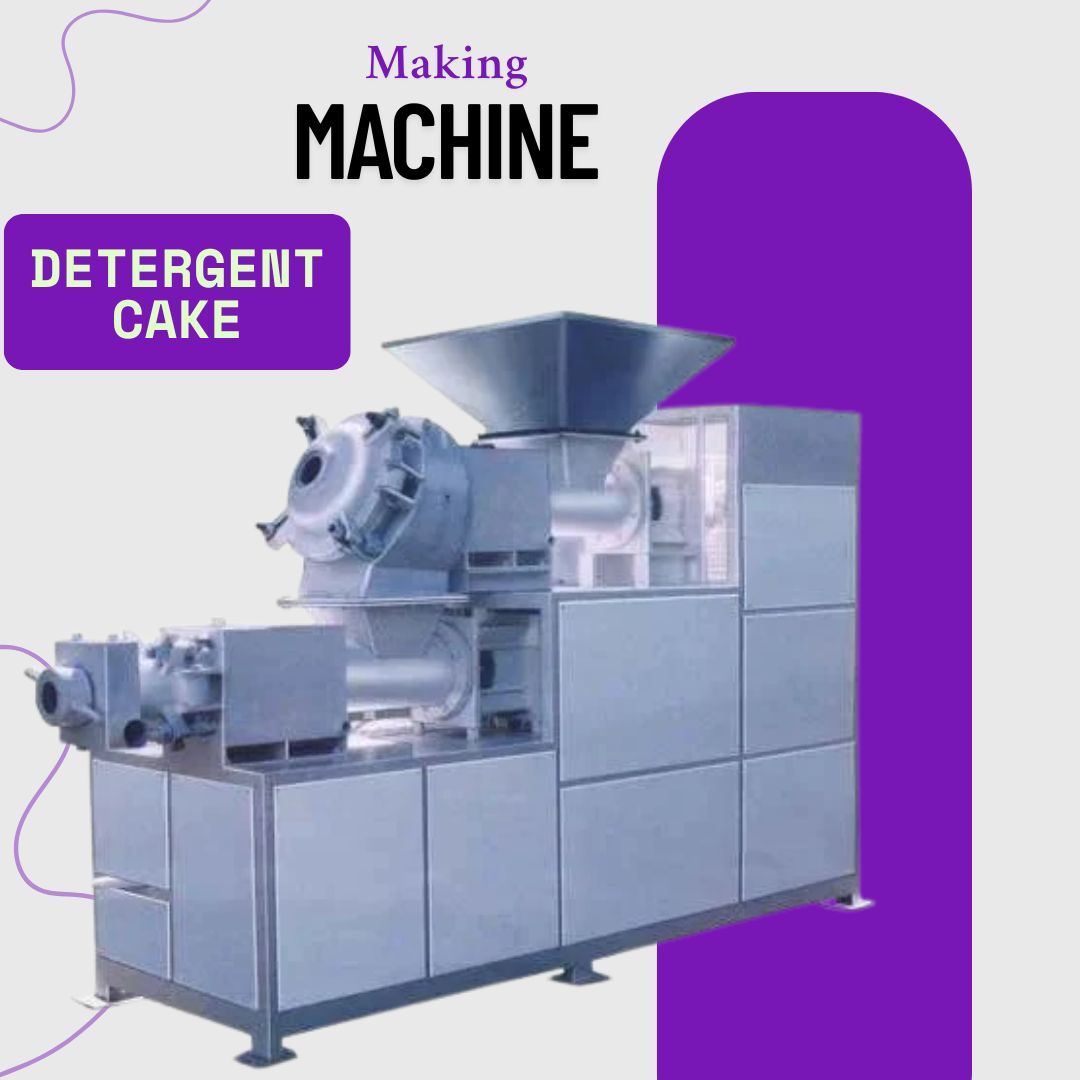How to Make Detergent Bars at Home - Simple DIY Guide for Effective Cleaning
There are generally two approaches to making detergent bars at home:
1. Using the "Cold Process" or "Hot Process" Soap Making Method (with adjustments for detergent properties):
This method involves a chemical reaction called saponification between fats/oils and a strong alkali (lye). To make a detergent bar (which cleans better in hard water and has different properties than traditional soap), you would typically use a high percentage of coconut oil and potentially other ingredients not typically found in skin-soothing soap.
Here's a general outline (THIS IS A SIMPLIFIED OVERVIEW AND REQUIRES CAREFUL RESEARCH AND PRECAUTIONS):
Safety First!
- Wear gloves, eye protection (goggles), and a long-sleeved shirt.
- Work in a well-ventilated area.
- Never add water to lye; always add lye to water slowly, stirring gently. This creates heat and fumes.
- Use heat-resistant containers for mixing lye solution.
- Keep lye and soap-making materials away from children and pets.
Ingredients (Example - adjust based on recipes you find specifically for laundry/detergent bars):
- Oils/Fats: High percentage of Coconut Oil (e.g., 70-100% for a harder, more detergent-like bar). You might also see recipes including palm oil or tallow. Avoid softer oils like olive oil in high percentages if you want a hard laundry bar.
- Lye (Sodium Hydroxide - NaOH): The amount needs to be precisely calculated based on the type and amount of oils you use. Use a soap calculator specifically designed for lye calculations (you can find these online). Incorrect lye amounts can result in a bar that is either too harsh or oily.
- Distilled Water: The amount of water is also calculated based on the oils and desired consistency.
- (Optional - for detergent properties):
- Washing Soda (Sodium Carbonate): Can be added at "trace" (when the mixture thickens) or dissolved in the water. Helps with cleaning power and cutting grease. Be cautious, as high amounts can be irritating to skin if the bar is used for hands.
- Borax (Sodium Tetraborate): Another cleaning booster. Add at trace. Also can be irritating in high concentrations.
- Sodium Silicate (Water Glass): Can contribute to a harder bar and cleaning power. Add at trace. Handle with care as it can be irritating.
- Enzymes (Laundry Enzymes): Some advanced DIY recipes might incorporate these for stain removal, but it requires careful temperature control.
Equipment:
- Digital kitchen scale (accurate to grams)
- Heat-resistant containers (glass or sturdy plastic - NOT aluminum)
- Spoon or spatula (silicone or stainless steel)
- Immersion blender (optional, but speeds up the process significantly)
- Soap molds (silicone or wooden molds lined with parchment paper)
- Thermometer
- pH strips (to test the final soap after curing - target pH around 9-10 for laundry bars)
Process (Simplified):
- Calculate Lye Solution: Use a soap calculator with your chosen oils to determine the exact amounts of lye and water.
- Prepare Lye Solution: In a well-ventilated area, slowly add the measured lye to the measured distilled water, stirring until fully dissolved. The mixture will heat up. Set aside to cool.
- Melt Oils: Gently melt any solid oils (like coconut or palm oil) in a saucepan.
- Combine Oils and Lye Solution: Once both the lye solution and the oils have cooled to the recommended temperatures (usually around 100-110°F or as per your recipe), slowly pour the lye solution into the oils while stirring continuously.
- Reach "Trace": Continue stirring (using an immersion blender speeds this up) until the mixture thickens to a light "trace" – when a drizzle of the mixture leaves a visible line on the surface for a few seconds.
- Additives (Optional): If using washing soda, borax, or sodium silicate, add them at trace and mix thoroughly.
- Pour into Molds: Carefully pour the soap mixture into your prepared molds.
- Insulate (Optional): For the hot process, you would apply heat to speed up saponification. For cold process, you might insulate the mold to retain heat.
- Curing: Allow the soap to sit in the molds for 24-48 hours until firm enough to unmold and cut into bars. Then, the bars need to "cure" for several weeks (typically 3-4 weeks) in a well-ventilated area to allow excess water to evaporate and the saponification process to complete, resulting in a harder, milder bar. Test the pH after curing.
2. Using Grated Soap with Added Ingredients (Simpler, but less "making" from scratch):
This method involves taking a pure bar soap (like Castile soap or a basic laundry soap) and enhancing its cleaning power with other ingredients. This doesn't involve handling raw lye.
Ingredients:
- Pure Bar Soap (e.g., 1-2 bars, grated finely)
- Washing Soda (Sodium Carbonate) - e.g., 1-2 cups
- Borax (Sodium Tetraborate) - e.g., 1-2 cups
- (Optional) Essential oils for scent
Equipment:
- Cheese grater
- Large bowl
- Spoon or gloved hands for mixing
- Molds (optional - you can press the mixture into a block)
Process:
- Grate the Soap: Use a cheese grater to finely grate the bar soap.
- Mix Ingredients: In a large bowl, thoroughly mix the grated soap with the washing soda and borax. If using essential oils, add them now and mix well.
- Add a Little Moisture (Optional): If the mixture is too dry to press into molds, you can add a very small amount of water, mixing thoroughly until it's just slightly damp enough to hold its shape. Be careful not to add too much water.
- Mold or Press: You can press the mixture firmly into molds or simply press it into a block in a container lined with parchment paper.
- Dry/Cure: Allow the bars or block to dry and harden completely for a few days to a week.
Important Considerations for Detergent Bars:
- Skin Irritation: Detergent bars made with high amounts of washing soda or borax can be harsh on skin. They are primarily intended for laundry.
- Hard Water Performance: These recipes often include ingredients specifically to help them clean effectively in hard water, unlike traditional soap.
- Recipe Variations: There are many different recipes online for homemade laundry detergent bars. Research several and understand the purpose of each ingredient before you start.
Recommendation:
If you are new to soap making, the second method (using grated soap) is significantly safer and easier to start with. Working with raw lye requires careful understanding and adherence to safety protocols.
If you choose to try making detergent bars from scratch (method 1), thoroughly research reliable recipes specifically for laundry or detergent bars from experienced soap makers. Understand the saponification process and the role of each ingredient. Always prioritize safety.
Buy Now

















